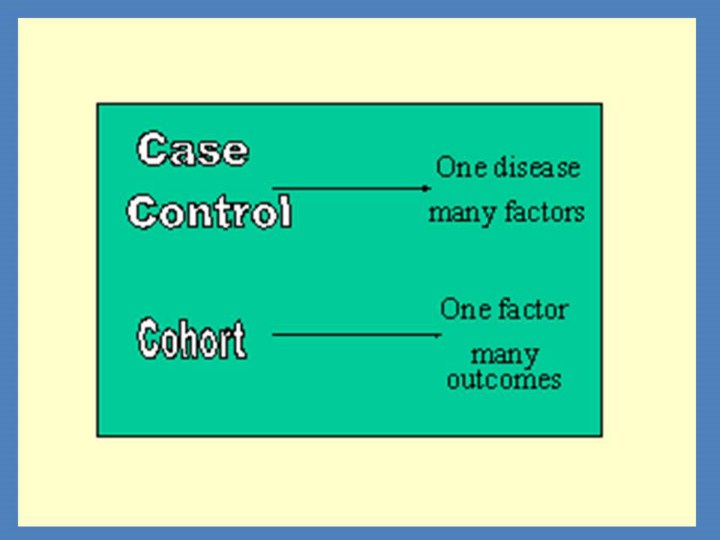| front |1 |2 |3 |4 |5 |6 |7 |8 |9 |10 |11 |12 |13 |14 |15 |16 |17 |18 |19 |20 |21 |review |
 |
These studies are especially good for the small groups of people who have had a specific exposure—at work, etc.—for whom a control group of otherwise similar people (but without the exposure) can be assembled. The data at entry need to be good, and all the people assembled at the start need to be followed up (or very nearly all) and measured at the end for these studies to be good. If so, they can be even more convincing than the case control studies. Whereas case control studies can compare a disease with many factors (e.g., lung cancer with smoking, occupational exposure and air pollution), cohort studies can compare one factor with many outcomes (e.g., smoking with lung cancer, laryngeal cancer, heart attacks, etc.) Allowance can also be made statistically for other factors about which data were collected.
|